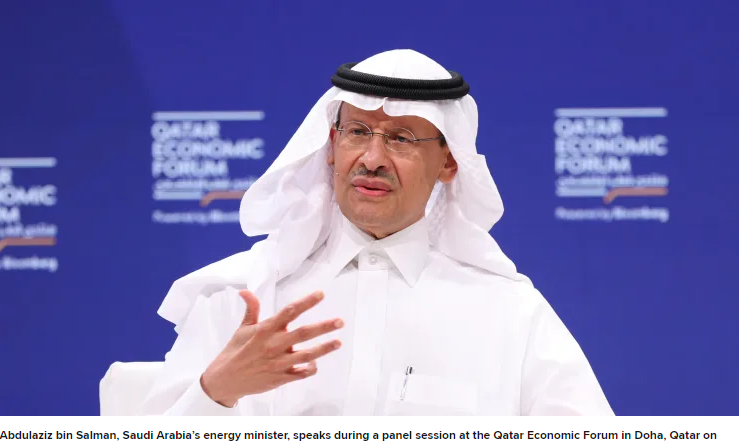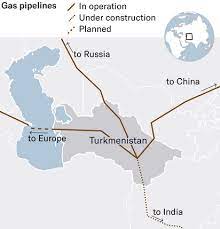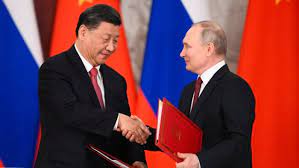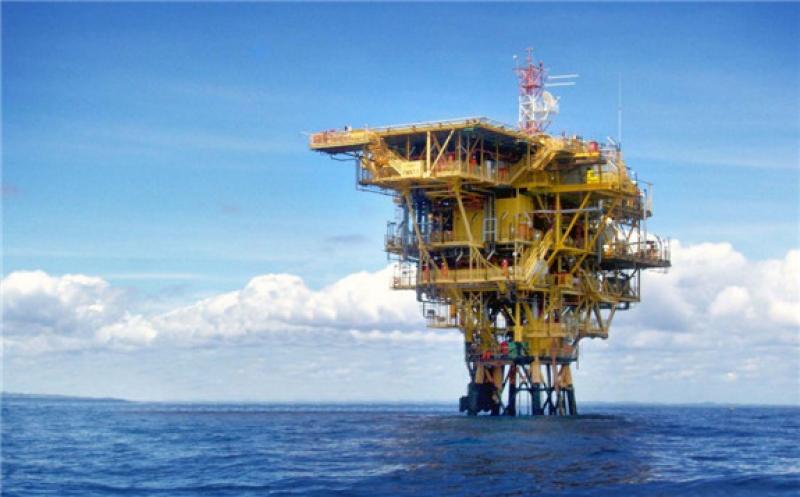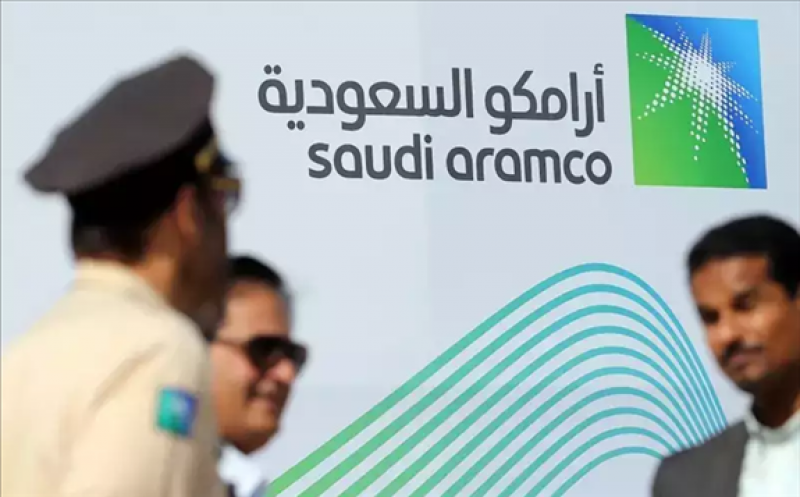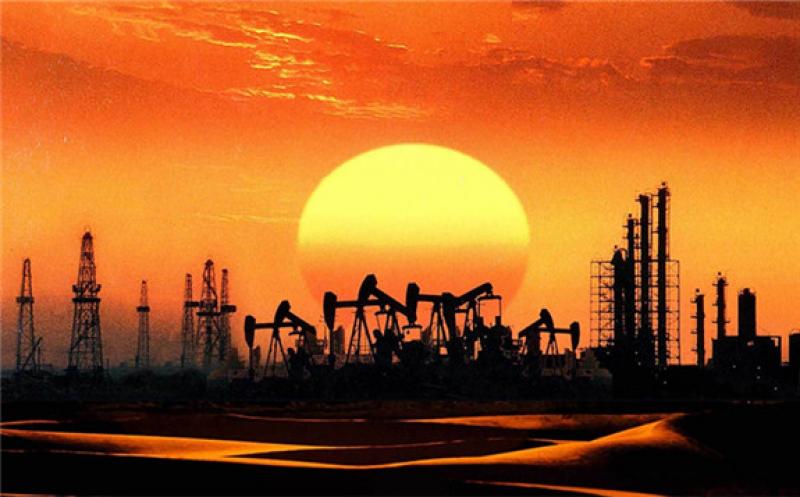Despite attacks on shipping in the Gulf and the continued instability across the Middle East, the oil market has settled into a new normal. Even after last week’s attack on two tankers in the Gulf of Oman, the effect on prices was muted. On Thursday, oil briefly rose 4.5 per cent to over $62 a barrel but quickly slipped back, leaving prices at the end of week lower than they were a week before, and 20 per cent down over the past month.
The shift from around $110 a barrel for Brent crude in the spring of 2014 to the current figure, of around $65, has been tough for many — including the companies involved. And traumatic for the producing countries that are still overwhelmingly dependent on oil exports for their public revenue.
The new normal is the product of the interplay between a number of elements.
• Global demand continues to rise gradually, with that from Asia more than covering the fall in oil use in Europe and other parts of the industrialised world. Chinese imports now account for more than 20 per cent of international oil trade. But doubts over the strength of Chinese demand growth have been a big factor in the recent price fall.
• Supply is being steadily augmented by US shale production, which has increased by 5m b/d over the past four years.
• Costs have fallen, thanks largely to the squeeze applied on the service sector by private companies within the oil industry. This has permitted a renewal of investment in numerous new projects.
• Political events coupled with speculation drive short-term volatility, but as this year has shown even major disruptions to supply from places such as Iran and Venezuela, which have respectively taken 1m b/d and some 500,000 b/d out of the market in the past 12 months, have caused only temporary blips in prices.
• Producing countries, having largely failed to diversify their economies, remain in urgent need of revenue to maintain public spending. A recent International Monetary Fund analysis shows that even Saudi Arabia needs an oil price of $80 to $85 to balance its budget. When prices are low, the incentive for many producers is to increase output to maximise revenue. When exports from Iran are reduced by sanctions there are many other suppliers ready to step in.
• Modest Opec quotas are in place, reducing supply by 1.2m b/d under the agreement reached in December. Spikes are always possible, and even likely given the influence of speculation in the market, but they are usually brief affairs and it would take significantly deeper cuts, particularly from Saudi Arabia, or a large-scale Middle East conflict to shift the price above $65 to $70, on anything more than a temporary basis.
Between them, these factors set a band around the price that could remain in place for a long time — a view confirmed by the market’s relative indifference to the attacks on tankers in the Gulf.
Ironically, the greatest threat to the relative stability of the new normal comes from Iran. The country’s exports have fallen under the pressure of US sanctions and could drop further if the US is able to extend its extraterritorial power and limit or halt Iran’s oil trade with China and India. But markets have so far shrugged off the risks, on the assumption that others can and will fill the gap.
Inflation in Iran is high and unemployment is growing. Tehran could decide that the possibility of real economic disruption is too great and sue for peace — or at least a new settlement. If the mullahs decide that the survival of the Islamic Revolution is more important than the distant prospect of possessing nuclear weapons, Mr Trump could claim victory (if not a Nobel Peace Prize) and oil could begin to flow again.
In contrast to Venezuela, which will take years to recover its lost production levels, Iran could restore exports within weeks, adding at least 1m b/d — and probably more — to a market that is clearly already fully supplied.
Maintaining the new normal will only be possible if Iranian production remains heavily constrained.
